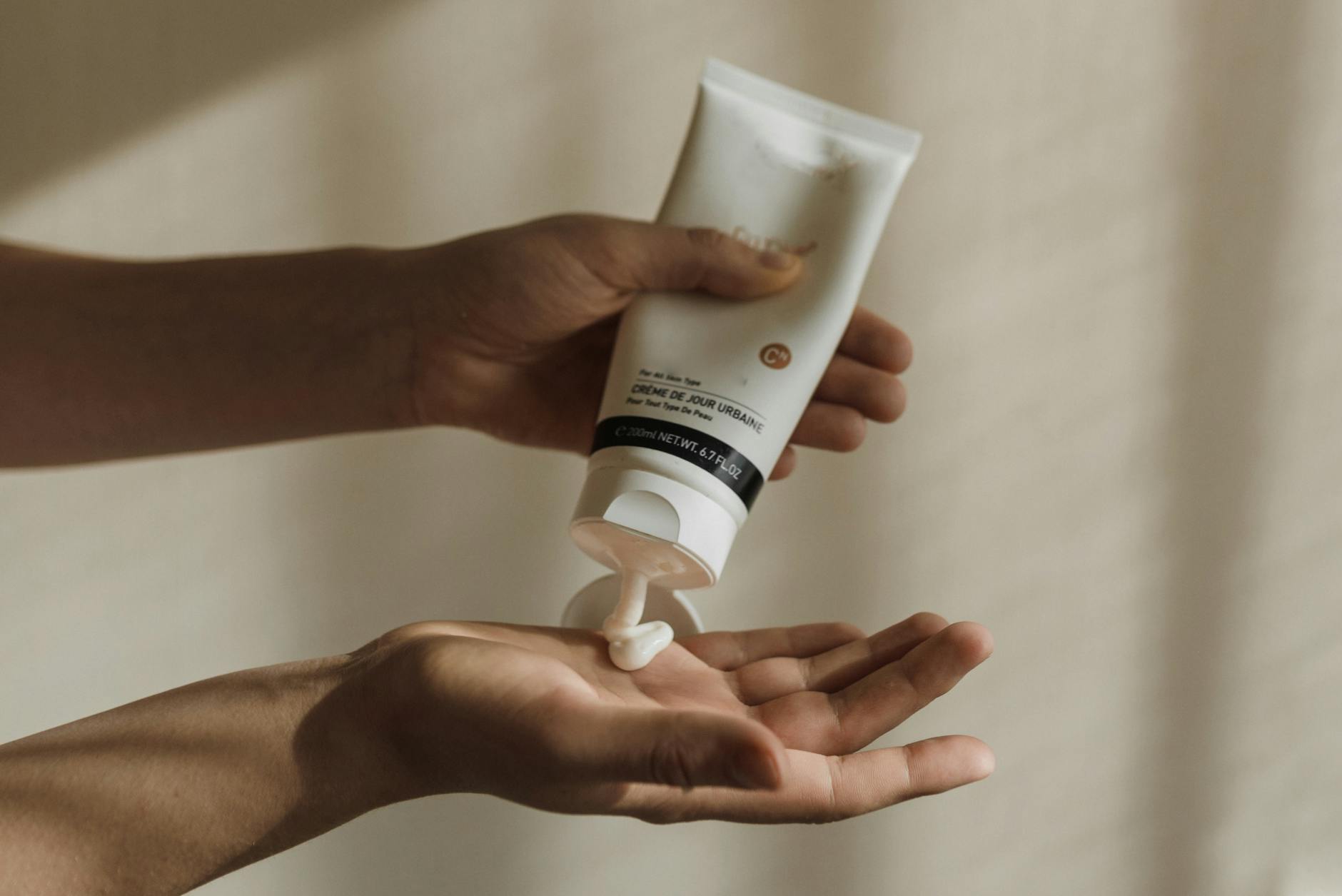Uncover the truth about yeast infections with this comprehensive guide on causes, symptoms, and effective treatments for lasting relief.
Table of Contents
Yeast infections are a common issue that many individuals face at some point in their lives. In this blog post, we will delve into the causes, symptoms, and various treatment options for yeast infections.
Causes of Yeast Infections
Yeast infections are primarily caused by an overgrowth of the fungus Candida, specifically Candida albicans, in the vagina. This overgrowth can occur due to a variety of factors, including:
- Antibiotic Use: Antibiotics can disrupt the natural balance of bacteria in the body, leading to an overgrowth of yeast.
- Pregnancy: Hormonal changes during pregnancy can increase the risk of developing a yeast infection.
- Weak Immune System: Individuals with weakened immune systems are more susceptible to yeast infections.
- Poor Hygiene: Not practicing proper hygiene, such as wearing damp clothing for extended periods, can create an environment conducive to yeast growth.
Symptoms of Yeast Infections
The most common symptoms of a yeast infection include:
- Itching and Irritation: A persistent itch and irritation in the vaginal area is a telltale sign of a yeast infection.
- Abnormal Discharge: Thick, white, clumpy discharge that resembles cottage cheese is often present in yeast infections.
- Redness and Swelling: The vulva may appear red and swollen in cases of yeast infections.
- Burning Sensation: A burning sensation during urination or intercourse can also be a symptom of a yeast infection.
Treatment Options for Yeast Infections
There are several treatment options available for yeast infections, depending on the severity of the infection. Some common treatments include:
| Category | Description |
|---|---|
| Causes | Caused by an overgrowth of yeast, usually Candida albicans, in the vagina or other parts of the body. |
| Symptoms | Itching, redness, swelling, and a thick, white discharge are common symptoms of yeast infections. |
| Treatments | Antifungal creams, suppositories, or oral medications are often prescribed to treat yeast infections. |
- Over-the-Counter Antifungal Medications: Antifungal creams, suppositories, and tablets can help to relieve symptoms and clear up the infection.
- Prescription Antifungal Medications: In severe or recurrent cases, a healthcare provider may prescribe oral antifungal medications to treat the infection.
- Home Remedies: Some individuals find relief from symptoms by using natural remedies such as yogurt, coconut oil, or boric acid suppositories.
- Preventive Measures: Taking steps to prevent yeast infections, such as wearing breathable cotton underwear and avoiding douching, can help reduce the risk of future infections.
Conclusion
Yeast infections are a common and often uncomfortable issue that many individuals face. By understanding the causes, symptoms, and treatment options for yeast infections, individuals can take proactive steps to manage and prevent these infections. If you suspect you have a yeast infection, it is important to consult with a healthcare provider for an accurate diagnosis and appropriate treatment.
FAQs
Can yeast infections be sexually transmitted?
Answer 1: Yeast infections are not considered sexually transmitted infections, but sexual activity can contribute to their development or exacerbation due to changes in pH levels.
How long does it take to treat a yeast infection?
Answer 2: The duration of treatment for a yeast infection can vary depending on the severity of the infection and the chosen treatment method. Antifungal medications typically take a few days to a week to clear up the infection.
Are yeast infections more common in women than men?
Answer 3: Yeast infections are more common in women due to the warm, moist environment of the vagina that promotes yeast growth. However, men can also develop yeast infections, typically in the genital area, especially if they have a compromised immune system.
Can I prevent yeast infections?
Answer 4: Yes, there are several preventive measures you can take to reduce the risk of yeast infections, such as practicing good hygiene, wearing breathable underwear, avoiding douching, and maintaining a healthy diet that supports a balanced vaginal microbiome.





